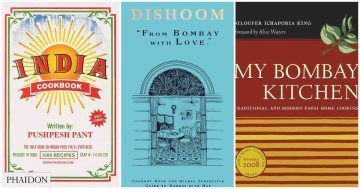 Aparna Kapadia in Scroll.in:
Aparna Kapadia in Scroll.in:
In India, some of the earliest printed recipe books became popular in the 19th century and were written for Anglo-Indians, the term used for the British settled there. While recipes were recorded in the precolonial era, these were in manuscript form, their production and use restricted to very elite, mostly royal settings. Even then, unlike our contemporary cookbooks, entire books containing only recipes, were rare: the late 15th-century Persian work Nimatnama from the Malwa sultanate and Supa Shastra or Science of Cooking, composed around the same period by a Jain king from the present-day Karnataka region, are some known examples of collections that contain recipes for food as well as aphrodisiacs and health potions.
Prescriptions for what people could and should eat as also recipes were more often assimilated into texts produced for broader purposes. For instance, the 16th-century work, Ain-i-Akbari, is primarily a record of Mughal emperor Akbar’s administration. But this compendium also contains sections on the management of various branches of the imperial kitchens and describes recipes that range from simple everyday items like khichdi and saag or greens and richer dishes including a saffron infused lamb biryani and halwa made in ghee. The Emperor, it seems, liked to oversee the management of every part of his empire.
More here.
